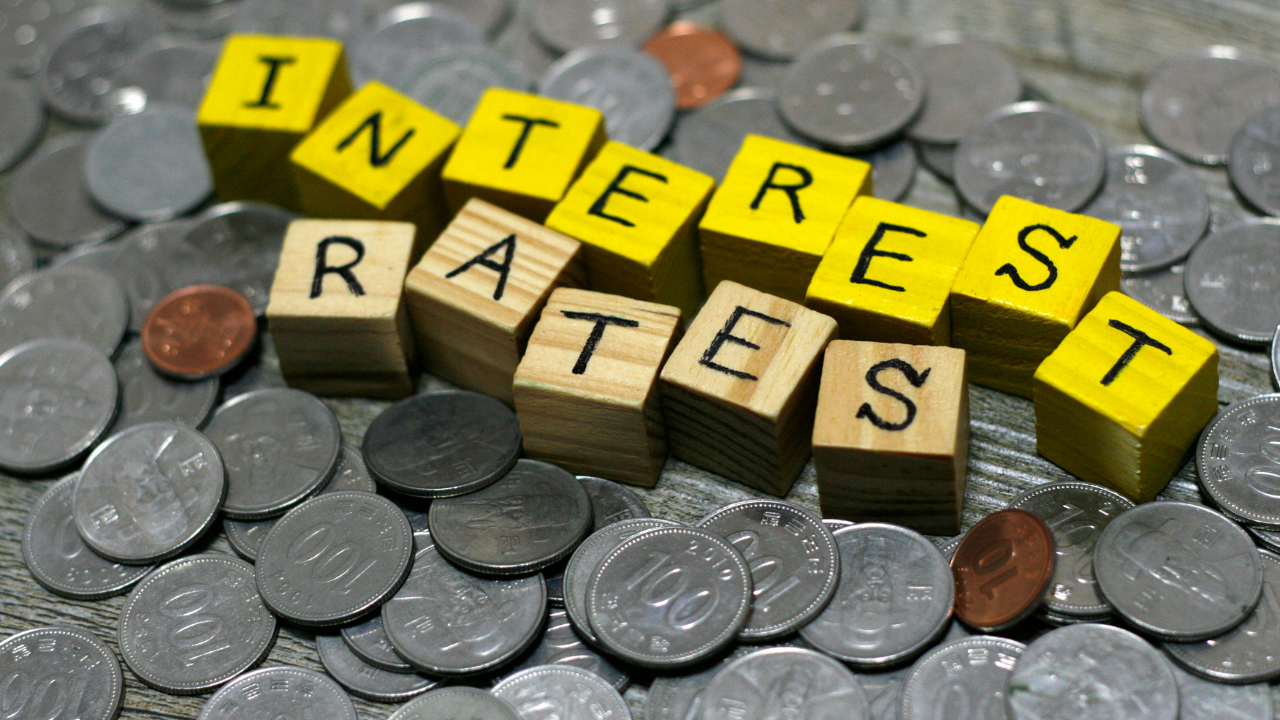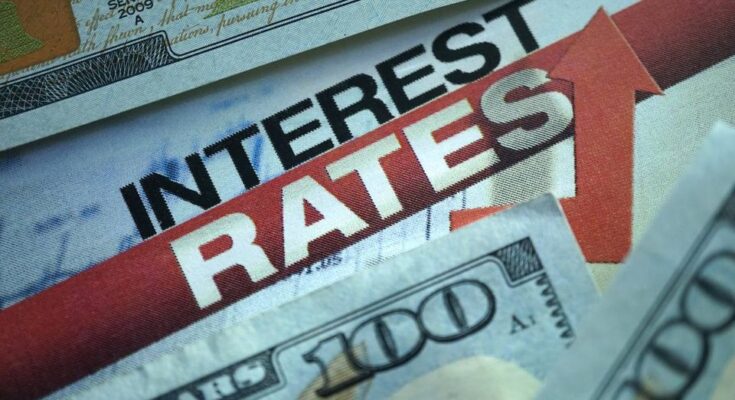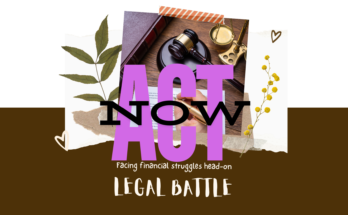Have you ever thought about why some loans and investments are more expensive? The reason is simple: interest rates. These numbers affect how much you pay or earn, whether you’re buying a home or saving for the future. The question is, how do interest rates really function? And what part do they play in our financial choices?

Interest rates define the cost of borrowing or the profit from saving. They steer the financial world, from your credit card’s debt to your dream of owning a house. Knowing how interest rates operate can help you manage your money better. It puts you in charge of your financial destiny.
Key Takeaways
- Interest rates are the cost of borrowing money or the return on savings.
- They play a crucial role in personal finance, affecting everything from mortgages and car loans to credit cards and savings accounts.
- This article will explore the different types of interest rates, how they are determined, and their impact on borrowing and saving.
- Understanding interest rates is essential for making informed financial decisions.
- The Federal Reserve’s role in setting interest rates and its impact on the economy will be discussed.
What Are Interest Rates? How Do Interest Rates Work?
Interest rates are what borrowers pay to lenders for using their money. They show the cost of borrowing money or earning money from saving and investing1. It’s important to get the hang of interest rates to handle personal finance better, whether you’re taking loans or growing your savings.
Definition and Key Concepts
An interest rate is the extra money a lender charges a borrower for using things like cash, goods, cars, or homes1. If you’re a borrower, this is the fee you pay. For the lender, it’s their earnings. Interest rates can be set using simple interest or compound interest1.
The Annual Percentage Rate (APR) is key. It tells the yearly interest rate for a credit card or loan with added fees1. On the other hand, the Annual Percentage Yield (APY) shows the yearly return on saving or investing, considering compound interest2.
Credit score, income, how long the loan lasts, and the economy all affect interest rates1. Rates can vary a lot. For example, credit cards often have high rates. However, auto and personal loans have lower rates than mortgages but higher than credit cards1.
I recommend the YouTube video below, as the creator offers an excellent explanation of the topic. The link to this video is available in the reference section.
Knowing these basics about interest rates helps you choose wisely when borrowing or saving. This is key for managing your money well123.
Types of Interest Rates
Fixed vs. Variable Interest Rates
There are mainly two types of interest rates: fixed and variable. With fixed interest rates, the rate stays steady for the whole loan period. This makes it simpler to plan and budget4. Things like traditional home loans, car loans, and most student loans usually have fixed rates. Variable interest rates change based on some economic measure, like the Federal Reserve’s interest rates5. This means loans like adjustable-rate mortgages and credit card debt can have their rates go up or down. Such changes can affect how much you need to pay monthly4.
It’s key to know the difference between fixed and variable rates when you’re choosing a loan or deciding where to save your money5. Fixed rates give you a set amount to pay each month, offering peace of mind. But, if you go for variable rates, you might have more payment options, even if costs could increase later46. Think about what you want from your finances, how much risk you’re okay with, and what the current interest rate trend is. This can guide you in picking the right kind of interest rate for your situation.
Choosing between fixed and variable rates depends on what you want and need from your loans or savings. Knowing the good and bad of each option helps you make a smart choice. This way, your financial goals are more likely to be met and you can handle your money matters well.
How Interest Rates Are Determined
It’s key to know how interest rates work when we make money choices. Many things affect these rates. What the Federal Reserve does is one big part7. The Federal Open Market Committee decides how much banks pay to borrow money overnight. As of August 10, 2023, this rate was 5.33%7.
Each bank also sets its own rates. It looks at things like your credit score and market trends. If you offer something as guarantee, you might get a better deal. And if your credit score is high, the rates are lower. This is because you’re seen as less risky7. When many people want U.S. Treasury notes for a long time, interest rates on these long loans go down7.
The Federal Reserve changes short-term rates to keep the economy in check. They try to stop prices from either going too high or too low. This impacts how much credit cards could charge you. Yields on 10- and 30-year U.S. Treasury notes influence these things. And, there are different rates for risky and safe borrowers7.
Interest rates are not simple. They reflect lots of things. A person’s risk determines some of these rates. Longer loans have more risk, which means higher rates8. Plus, these rates affect bond prices directly. When rates go up, bond prices go down8.
These rates are the result of many economic and bank policies. Things like your credit, what’s happening in the market, and base rates matter. Knowing all this helps us when we make money moves. Always changing, interest rates can affect us a lot9.
Impact of Interest Rates on Borrowing
Interest rates are key in how much it costs to borrow money. High rates make loans like mortgages, auto loans, or personal loans cost more each month10. This can slow spending and economic growth because borrowing is pricey10. But, if rates are low, borrowing costs less. Then, people might spend more or invest.
Credit card interest rates matter a lot. They can be high, especially if you don’t pay off your full balance every month11. Lately, these rates are climbing to some of the highest in history. That’s because the Federal Reserve is increasing interest rates, making credit card debt more expensive11.
Mortgage rates are going up, too. For instance, the average 30-year fixed mortgage rate jumped from 3.04% to 7.08% since rate hikes began11. This means a $500,000 mortgage costs 64% more each month. It went from $2,089 to $3,43111. People buying a home need to watch these rates closely to see how it affects them.
Auto loans and personal loans are also getting pricier because interest rates are going up1012. It’s important for consumers to understand how these rates change the cost of borrowing. This knowledge helps in making smart financial choices and managing money well.

The effect of interest rates on borrowing is wide-ranging. It touches everything from mortgage costs to credit card debt. By keeping track of interest rates, consumers can make better decisions about borrowing101112.
Impact of Interest Rates on Saving
Interest rates impact how much you can earn on your savings. High interest rates mean more money from savings accounts and CDs. This encourages people to save more because their money grows quicker13.
But, low rates mean less money from savings products. This might make people explore risky investments for more return13. Yet, don’t forget, higher rates build savings significantly over time14. It’s key to know how interest rates affect saving to reach your financial dreams.
The typical savings account pays only 0.58% but some high-yield accounts pay around 5% APY. That’s nearly nine times more money13. Online banks offer the best rates. They can exceed 5% APY. Besides, banks like Chase provide almost no interest. However, the best high-yield accounts can give you up to 5.30% APY. That’s 530 times more13.
- The Federal Reserve decided to keep rates between 5.25-5.50 percent at its June meeting13.
- In 2022 and 2023, the Fed raised rates 11 times, with 0.25 percentage point increases in July, May, March, and January13.
- In 2022, the Fed reacted to high inflation by raising rates by 4.25 percentage points in seven meetings. This included four hikes of 0.75 percentage points each13.
- In 2023, we saw four, 0.25-percentage-point rate hikes13.
Banks mainly rely on deposits for low-cost funds for loans13. CDs are good if you want stable interest without the risk of bond changes or defaults13.
Banks share savings rates as APY to show how your money grows with time14. Usually, banks pay less than 1% because of low rates14. With compound interest, your $1,000 at 1% daily compounded can become $1,105.17 in 10 years14. Adding $100 monthly to the $1,000 can make it $13,725.50 after ten years14.
Even with low rates, compound interest helps grow savings14. High-yield accounts compound interest daily with no fees14. Compound interest uses interest from previous periods. Simple interest is based on the first amount14. Using compound interest can help savings grow for the long-term14.
In May 2023, the U.S. personal saving rate was 4.6%15. Interest rates shape spending by changing costs. This affects how much people spend and save15. High rates make borrowing expensive, so people save more15. Inflation also affects savings by making money worth less as prices go up15. Central banks, like the Federal Reserve, adjust rates to control the economy15.
To sum up, interest rates greatly impact how much you save. They affect consumer choices and the economy’s health. Knowing how rates influence savings is vital for reaching financial goals.
Conclusion
Interest rates are crucial in personal finance. They affect what we pay to borrow and what we earn from saving. Understanding how they work, the different types, and what influences them can help us make better financial decisions for loans, credit cards, mortgages, and savings plans.
Are you buying a home, financing a car, or saving for the future? It’s important to keep an eye on interest rate changes. With the information in this guide, you’ll be ready to manage interest rates effectively. This knowledge will help you achieve your financial goals.
By tracking interest rate shifts and understanding their causes, you can make smarter financial decisions. This allows you to control your borrowing costs and maximize your savings. Tools like the CME FedWatch and the Fed Rate Monitor can help you stay informed about potential changes in interest rates.
FAQ
What are interest rates and how do they work?
Interest rates are the fees a lender charges a borrower. They use the lender’s money for things like buying cars, houses, or other items. It’s known as the “cost of money.”
The rate affects the cost of borrowing money. If you borrow, it’s what you pay back. If you lend, it’s what you earn.
What are the different types of interest rates?
The two main types of interest rates are fixed and variable. Fixed rates don’t change over time, which helps with planning your budget. Variable rates change with the economy, based on certain factors like the Federal Reserve rates.
How are interest rates determined?
Many things decide the interest rates, including the economy and the Federal Reserve’s changes. The Federal Reserve decides the federal funds rate, a key interest rate. This rate affects what you pay on loans and what you earn on savings.
How do interest rates impact borrowing?
High interest rates mean more expensive loans. It affects mortgages, car loans, and personal loans. But, lower rates make borrowing cheaper. This might encourage more spending or investing.
How do interest rates impact saving?
High rates make saving money in accounts like CDs more profitable. It means you could earn more from your savings. Yet, when rates are low, your savings earn less. This could push some to look for other investments to make more money.
Disclaimer:
The topics discussed in this blog are for educational and informational purposes only. They do not constitute formal advice to act upon in any way. Readers should consult with a qualified professional before making any decisions or taking any actions based on the information provided. The author and the blog are not liable for any consequences resulting from the use or reliance on the information presented.
Source Links
- https://www.equifax.com/personal/education/personal-finance/articles/-/learn/what-do-interest-rates-mean/ – Articles
- https://www.fool.com/the-ascent/banks/articles/explain-it-to-me-like-im-five-heres-how-interest-rates-work/ – Explain It to Me Like I’m Five: Here’s How Interest Rates Work
- https://www.nerdwallet.com/ca/banking/what-is-interest-rate – What Is an Interest Rate in Canada? – NerdWallet
- https://www.empower.com/the-currency/money/interest-rate – What is an interest rate?
- https://www.bankrate.com/personal-finance/what-are-interest-rates-and-how-do-they-work/ – Interest Rates: What They Are And How They Work | Bankrate
- https://www.thebalancemoney.com/what-are-interest-rates-and-how-do-they-work-3305855 – Interest Rates and How They Work
- https://www.investopedia.com/ask/answers/who-determines-interest-rates/ – Who Determines Interest Rates?
- https://www.econlib.org/library/Enc/InterestRates.html – Interest Rates – Econlib
- https://www.credit.com/blog/how-do-interest-rates-work/ – How Do Interest Rates Work?
- https://www.investopedia.com/insights/forces-behind-interest-rates/ – What Are the Forces Behind Interest Rates and What Causes Them to Rise?
- https://www.bankrate.com/banking/federal-reserve/how-federal-reserve-impacts-your-money/ – 6 Ways The Fed’s Interest Rate Decisions Impact Your Money | Bankrate
- https://www.bankrate.com/loans/personal-loans/how-interest-rates-affect-debt/ – How Interest Rates Affect Debt | Bankrate
- https://www.bankrate.com/banking/federal-reserve/federal-reserve-impact-on-savings-accounts/ – How the Federal Reserve Impacts Savings Account Interest Rates | Bankrate
- https://www.investopedia.com/articles/personal-finance/062315/how-interest-rates-work-savings-accounts.asp – How Interest Works on a Savings Account
- https://www.investopedia.com/ask/answers/031015/how-do-interest-rates-coordinate-savings-and-investment-economy.asp – How Interest Rates Help Promote Saving and Investing
- https://blog.massmutual.com/retiring-investing/interest-rate-explainer – How interest rates work and affect you | MassMutual
- https://www.investopedia.com/terms/i/interest.asp – Interest: Definition and Types of Fees for Borrowing Money
- https://youtu.be/g9_ljgCM_Dw-What are Interest Rates? | Ask an Economist




